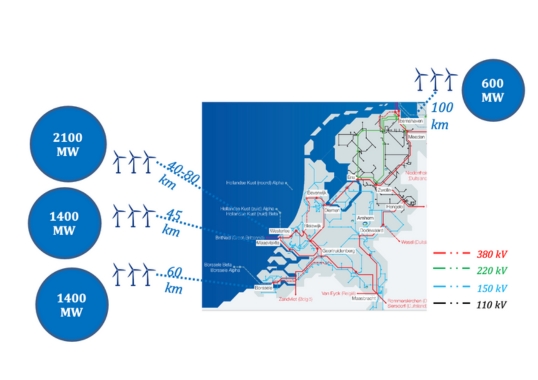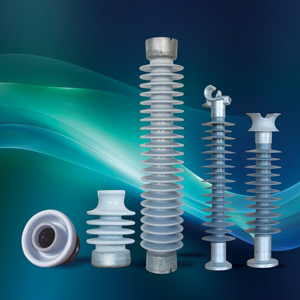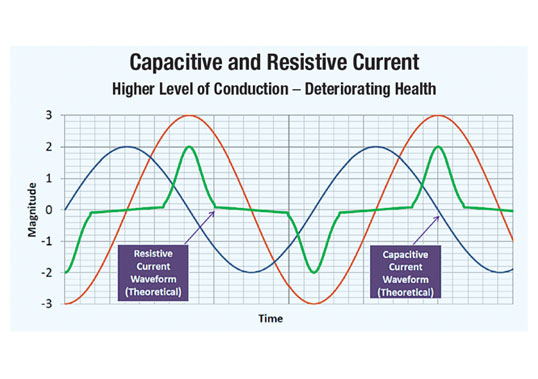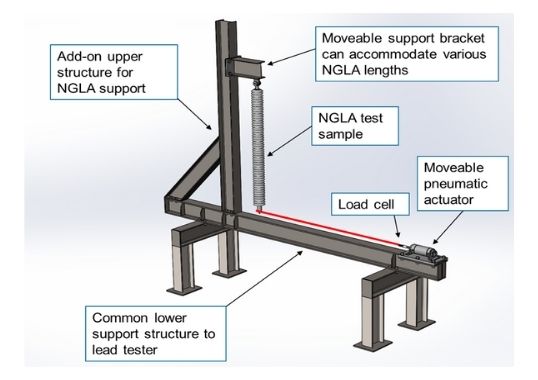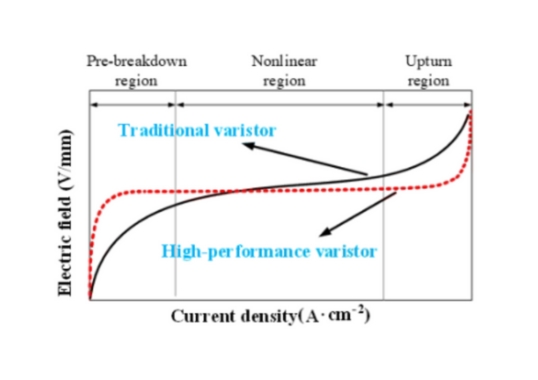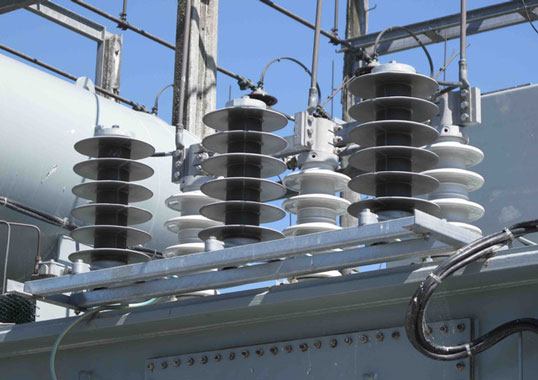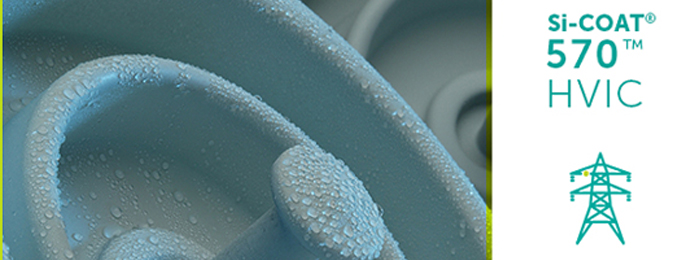The need for increasing transmission capacities has become one of the biggest challenges facing Transmission System Operators (TSOs). This need originates from the simultaneous significant increase in load growth and new renewable energy generation projects. At the same time, public opposition has imposed severe difficulties in gaining permissions for new overhead line corridors. In the Netherlands, for example, any net increase in total overhead line length is no longer permitted. This means that for each km of newly built overhead line another must be removed or at least partly replaced by underground cable circuits.
Given this, more and more HVAC cable systems of significant lengths are being introduced into EHV and HV grids. In addition, the numbers of long cable circuits is increasing due to connection to large offshore wind farms that are typically located far from shore. Much higher capacitances of cables lead to changes in the harmonic impedance profile of the transmission system at and close to the point(s) of connection. More specifically, new resonances can be created at low frequencies. Depending on system strength (e.g. intact or contingency conditions) and grid configuration at the point of connection (meshed or radial), these frequencies can shift close to or at a low harmonic, i.e. 2nd or 3rd. Such harmonic resonances could be excited under system transient events, e.g. transformer energization, fault clearance, etc., resulting in temporary overvoltages (TOVs).
These TOVs are lightly damped and harmonically distorted and can therefore stress system components, both dielectrically and thermally. A surge arrester is regarded as one of the components that requires particular attention under harmonic resonance TOV conditions since its energy withstand capability could be exceeded and lead to failure.
This edited contribution to INMR by Konstantinos Velitsikakis and I. Tannemaat of TenneT discussed risks to surge arresters associated with harmonic resonance TOVs as well as their assessment when conducting electromagnetic transient studies. A case study from the 400 kV Dutch transmission system is also presented.
In general, the main electrical characteristics of underground and submarine cable circuits exhibit significant differences to those of an overhead line circuit. One of the main differences is that the cable capacitance per unit length is 20 to 30 times higher than the capacitance per unit length of an overhead line. Consequently, when a new cable circuit is introduced in the grid or when an existing overhead line is replaced by cables, new resonance frequencies are created in the system’s harmonic impedance profile.
These parallel resonances are ‘seen’ both at the connections point(s) and at other points of the grid due to harmonic propagation. Resonance frequencies are strongly dependent on system strength and their amplitude is defined by system damping. Under contingency conditions, i.e. weaker system strength, the resonances are shifted to lower frequencies that could be close to or at a low harmonic (2nd or 3rd). Fig. 1 shows harmonic impedance calculated for an example node under both intact and system contingency conditions.

The harmonic resonances can be excited under system transient conditions, giving rise to temporary overvoltages. Studies have reported that system events including the switching of power transformers are regarded as the most onerous, e.g. scheduled energization and fault clearance. The transformer inrush currents are rich in 2nd and 3rd harmonic components, which form the excitation source of the low frequency resonances.
The TOVs could dielectrically and thermally stress system components and cause them to age, deteriorate or even fail. According to international standards, components are tested against the standard power frequency TOV wave-shape, which is based on a voltage shape of constant amplitude. This test voltage deviates significantly from harmonic resonance TOVs, which are characterized by an amplitude varying in time as well as by harmonic content. In addition, existing international standards related to insulation coordination application guidelines do not provide methods to evaluate this kind of overvoltage. Instead, they recommend that TOVs due to harmonic resonance conditions should be either avoided or sufficiently suppressed by applying mitigation measures. Although internationally accepted withstand levels and assessment methods are not yet available, in 1998 CIGRE considered the TOV withstand capability of various components and published a group of generic power frequency voltage-duration curves (given in Fig. 2).
Nowadays, these types of harmonic resonance TOVs are difficult to avoid and, therefore, have become a challenge for many utilities. For that reason, CIGRE Study Committee C4 Working Group C4.46 has been preparing a technical brochure on “Evaluation of Temporary Overvoltages due to Harmonic Resonances in Power Systems”. The purpose of this Working Group is two-fold, 1) to provide suggested TOV assessment methods; and 2) to summarize common practices and modelling guidelines for performing electromagnetic transient (EMT) studies related to harmonic resonance TOVs.
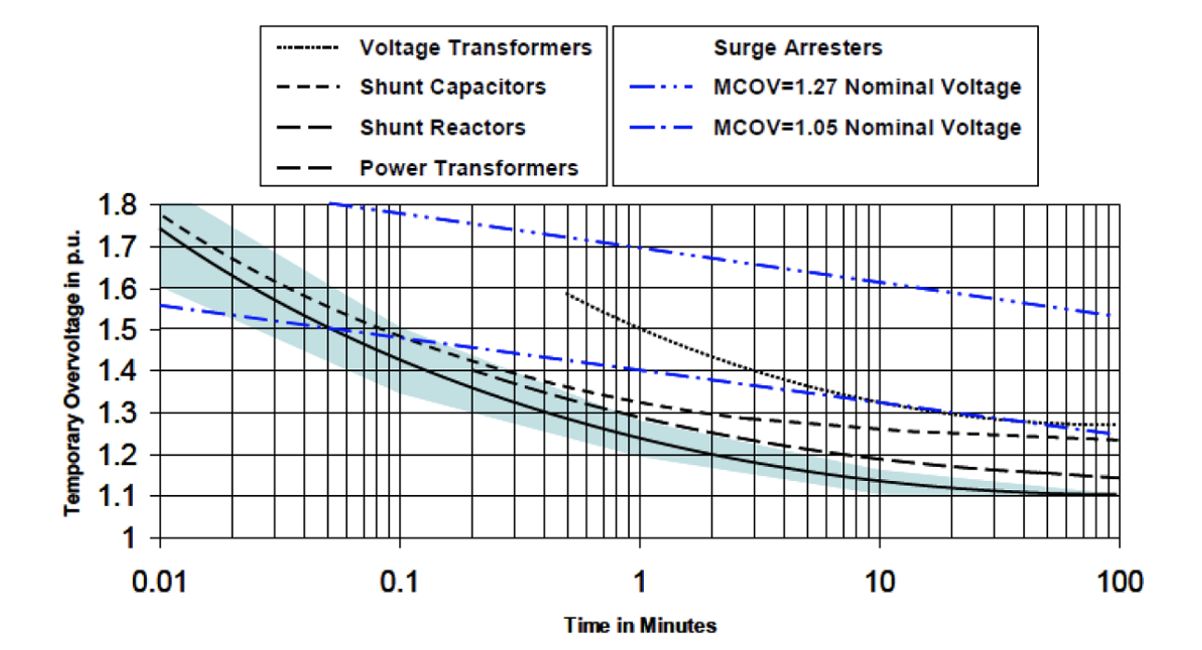
The following discussion focuses on surge arrester risks associated with harmonic resonance TOVs and their assessment through EMT simulations. Findings are also presented from a case study from the Dutch 400 kV transmission system.
Surge Arresters & Harmonic Resonance TOVs
According to IEC 60099-5, the TOV capability of a station class surge arrester is covered by the rated voltage, Ur. The rated voltage is defined as the maximum permissible (RMS) power frequency voltage under TOV conditions, as applied in the operating duty test (IEC 60099-4 and 60099-6). The other relevant test in these standards is the ’power frequency versus time characteristic’ (TOV) test.
A TOV condition occurs after an event has already taken place in the system, for instance during a ground fault. The initial event might lead to energy dissipation through the arrester and to an increase of its operating temperature. Based on this assumption, a surge arrester is conditioned and pre-heated in the TOV test, before applying the rated voltage for 30 minutes. For station class arresters, the rated thermal withstand energy, Wth [kJ/kVr] is injected. Typically, manufacturers provide TOV characteristics with and without prior duty, as shown in Fig. 3. In addition to their thermal energy withstand, metal-oxide (MOV) blocks are characterized by their repetitive charge transfer capability, Qrs [Cb]. During the repetitive charge transfer test, MOV blocks are subjected to a group of surges within a certain period of time. A test is considered succesful if the total charge transfer does not cause mechanical failure or unacceptable electrical degradation of the blocks.

The TOV test is based on application of the Ur, which is a test voltage of constant amplitude and of the power frequency. However, these conditions deviate significantly from the characteristics of a harmonic resonance TOV. The latter could cause high energy dissipation levels in an arrester that could lead to thermal runaway.
Another risk is that the MOV blocks could be damaged by high charge magnitudes that could be absorbed in relatively short time. Moreover, before conducting a study for evaluation of harmonic resonance TOVs, it is difficult to predict levels of expected TOV amplitudes. The latter define the current to be conducted by a surge arrester during a TOV event and thus the charge transfer.
Based on this, TenneT TSO evaluates both total energy dissipation and charge transfer when performing harmonic resonance TOV related studies. With respect to the modelling assumptions, surge arresters are represented by their complete voltage-current characteristic, as shown in Fig. 4. In this case, it is important that the highly non-linear part of the characteristic (Region 2) is modelled as detailed as possible. This is because, in this region, any small increase in voltage across the surge arrester terminal can result in a significant increase in conducting current.
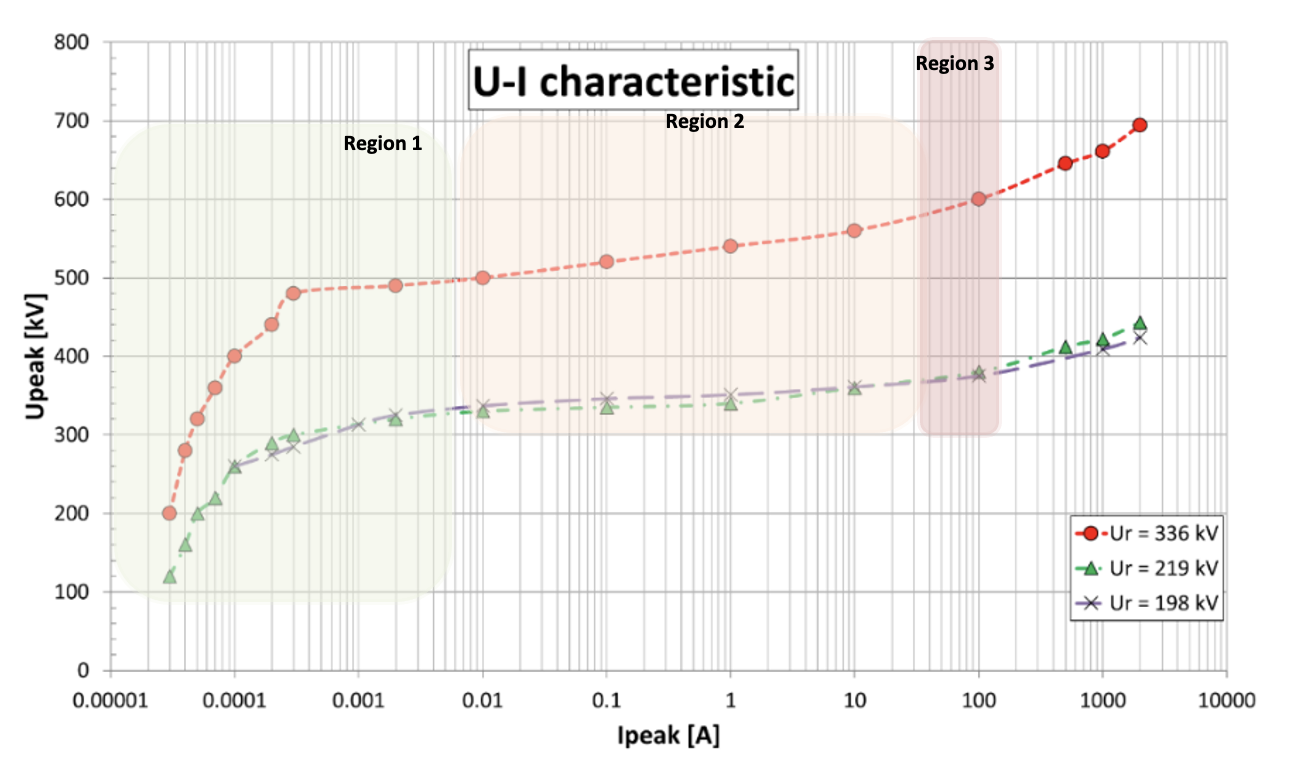
Case Study in 400 kV Transmission Grid
TenneT, the TSO in the Netherlands and Germany, owns and operates the AC offshore grid that is connected to the 400 kV transmission system in the Dutch Borssele Area. The offshore grid facilitates transmission of the power generated by the wind farm of 1400 MW of installed capacity. Two offshore platforms, Alpha and Beta, are connected to shore via two 220 kV export cables each. Surge arresters are installed at the 400 kV and 220 kV sides of the autotransformer and at the 220 kV GIS on the offshore platform. The U-I characteristics of these arresters are shown in Fig. 4. Two C-type 70 MVAr harmonic filters are installed at the 220 kV voltage level of the land station. These filters were designed to control and limit TOVs within the generic insulation withstand capability of the components under possible excitation of the 2nd order harmonic. Such conditions could occur, for example, under power transformer energization, fault conditions, etc. The simplified single line diagram in Fig. 5 presents one of the four strings of the offshore grid.
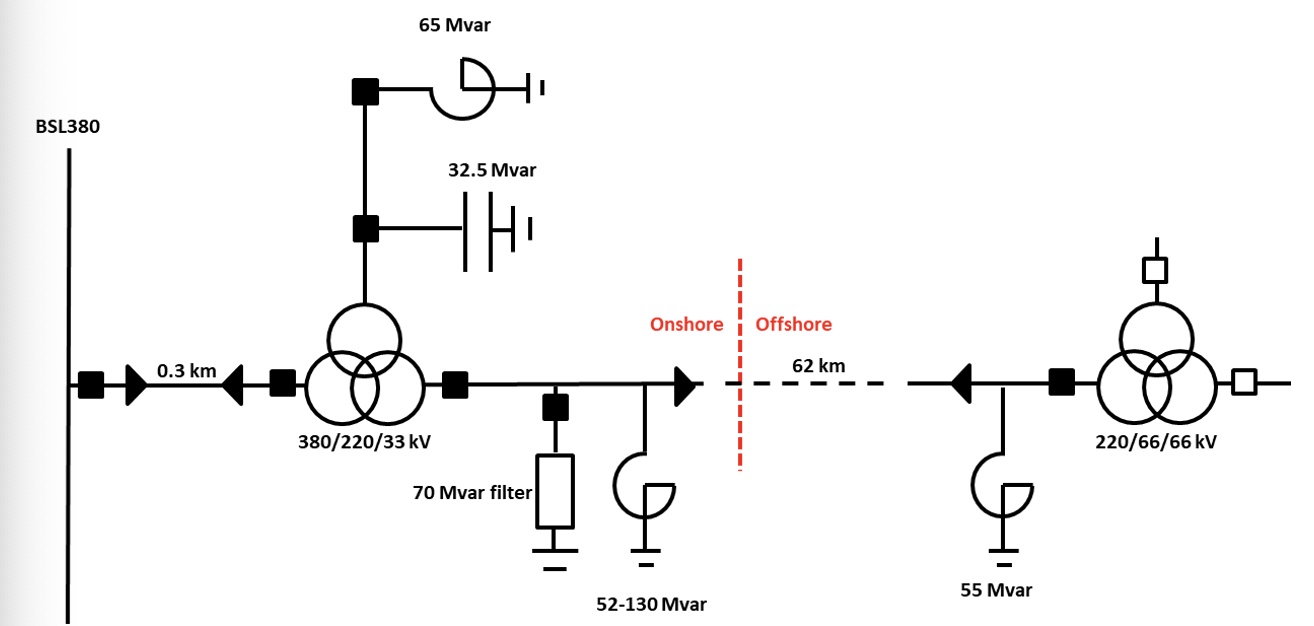
Detailed harmonic studies have shown that the offshore grid significantly impacts the harmonic impedance, as calculated at the 400 kV Point-of-Connection (PoC), by introducing a new low resonance frequency close to the 2nd harmonic. For the evaluation of the harmonic resonance TOVs, a system contingency was selected that resulted in the shift of the resonance close to 100 Hz. The time-domain simulation considered a three-phase-ground fault at the PoC (tfault=0.1 sec)and its subsequent clearance within 300 ms (tclear=0.4 sec). This event is regarded as a representative worst case for the excitation of harmonic resonance TOVs. The figures below present a) the phase-ground voltages at the 220 kV offshore platform GIS, b) the current surges that flow through the 220 kV GIS surge arresters during the TOV event and c) the energy dissipation and charge transfer in these surge arresters. Without the filters, the TOVs reach high amplitudes and long durations, resulting in the exceedance of both the energy withstand (7 kJ/kVr) and charge transfer ratings (2 Cb) of the arresters. When the C-type filters are present, the TOVs are significantly suppressed, limiting the energy and charge transfer values through the arrester units.
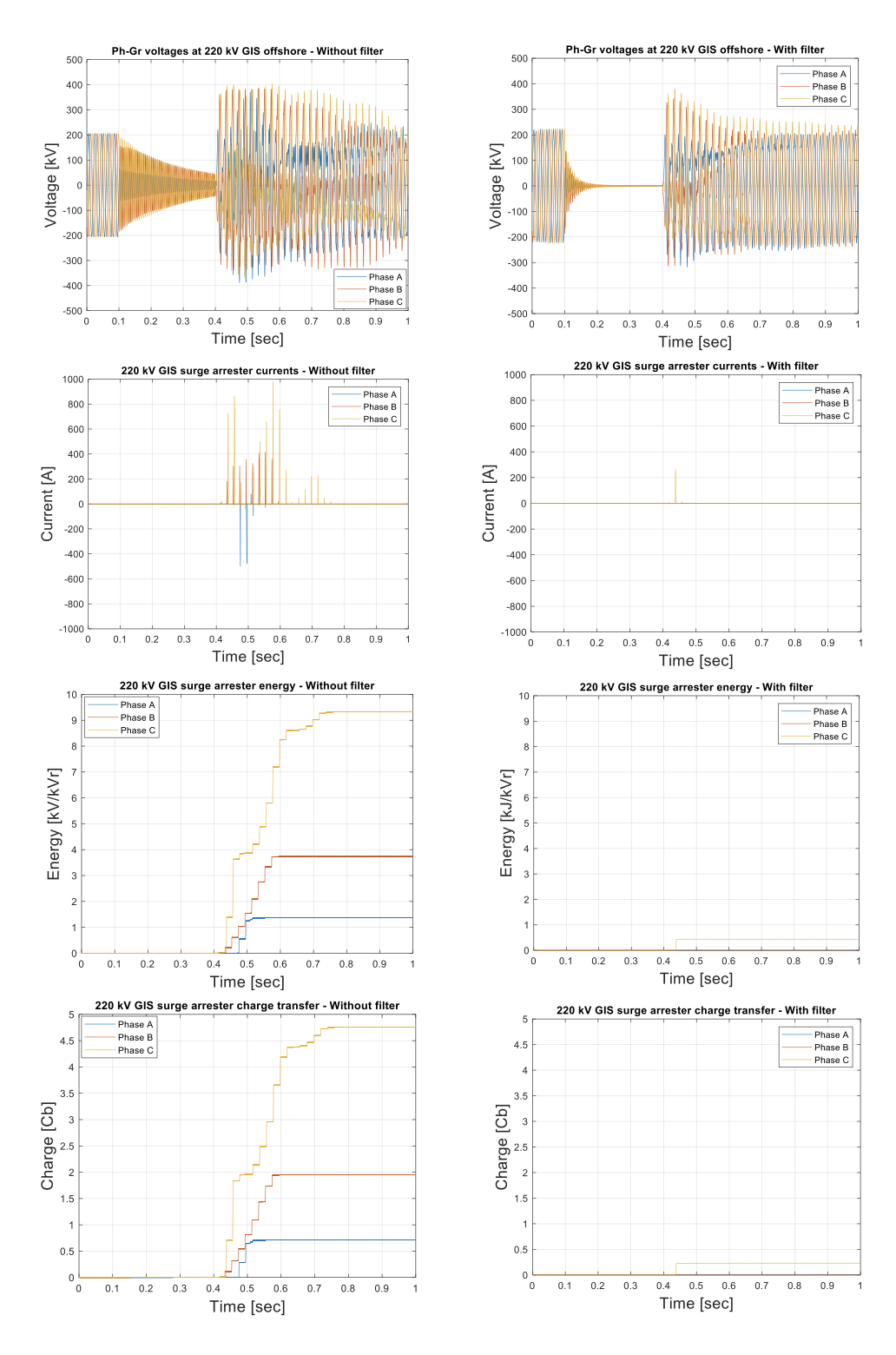
Conclusions
The increasing number of newly introduced cable connections at transmission system voltages imposes significant challenges with respect to system performance. Due to the much higher capacitance of a cable circuit compared to that of an overhead line, harmonic impedance profile of the transmission system is significantly changed at and close to the point(s) of connection. More specifically, new resonances can be created at low frequencies and, depending on the system strength (e.g. intact or contingency conditions), these frequencies can shift close to or at a low harmonic, i.e. 2nd or 3rd. Such harmonic resonances could be excited under system transient events, e.g. transformer energization, fault clearance, etc., resulting in temporary overvoltages.
These TOVs are lightly damped and harmonically distorted. These characteristics strongly deviate from the standard TOV withstand of the components and, as such, the harmonic resonance TOVs can stress the latter both dielectrically and thermally. Surge arrester is regarded as one of the components that needs special attention under harmonic resonance TOV conditions, since its energy withstand and charge transfer rating could be exceeded, leading to its failure, e.g. thermal runaway. Therefore, TenneT TSO has decided to evaluate both the total energy dissipation and the charge transfer, when performing harmonic resonance TOV related studies.
With respect to the modelling assumptions, it is important to represent the surge arresters by their complete voltage-current characteristic. In this article, results of a case study are presented regarding the connection of a 1400 MW offshore wind farm to the 400 kV transmission grid via long export cables. This project concluded that, unless properly mitigated, the excessive harmonic resonance TOVs would result in exceeding both the energy withstand and charge transfer rating of the surge arresters installed in the 220 kV GIS on the offshore platform.
References
[1] CIGRE Technical Brochure No. 556, Power System Technical Performance Issues related to the Application of Long HVAC Cables, TC C4, 2013
[2] N. Cunniffe, M. Val Escudero, A. Mansoldo, E. Fagan, M. Norton, C. Ellis, Investigating the Methodology and Implications of Impelenting Long HVAC Cables in the Ireland and Northern Ireland Power System, CIGRE Session, Paris, 2016
[3] Y. Vernay, S. Deschanvres, Y. Fillion, RTE Experiences with the Insertion of Long EHVAC Insulated Cables, CIGRE Session, 2014, Paris
[4] Energinet Technical Report, Technical Issues related to New Transmission Lines in Denmark – West Coast Line from German Border to Endrup and Endrup-Idomlund, 2018
[5] K. Velitsikakis, N. Papazacharopoulos, C.S. Engelbrecht, K. Jansen, B. Van Hulst, Future Offshore Grid Connections via Long HVAC Cables: Impact Study to the 400 kV Dutch Transmission System, Annual EEUG Meeting, Birmingham UK, 2016
[6] K. Velitsikakis, C.S. Engelbrecht, K. Jansen, B. Van Hulst, Challenges and Mitigations for the Energization of Large Offshore Grids in the Netherlands, International Conference on Power System Transients, Perpignan, 2019
[7] IEC 60071-1 Insulation Coordination Part 1: Definition, principles and rules, 20CIGRE WG 33.10, Temporary Overvoltage Withstand Characteristics of Extra High Voltage Equipment, 1998
[8] CIGRE Proposal for the Creation of a New WG C4.46, Evaluation of Temporary Overvoltages in Power Systems due to Low Order Harmonic Resonances, 2017
[9] IEC 60099-5 Surge Arresters – Part 5: Selection and Application Guidelines, 2018
[10] J. Lundquist, O. Lennerhag, Minimum Voltage-Current Characteristic for Calculating Surge Arrester Energy Dissipation in Temporary Overvoltage Conditions, IEEE Transactions on Power Delivery, Vol.37, 2022
[11] INMR Power Engineering Handbook, 2018
[12] INMR Article, Principal Failure Modes for Surge Arresters, 2022
[13] K. Velitsikakis, M. Limpens, M. Kransse, C. Engelbrecht, Sympathetic Interaction Phenomena in an AC Offshore Grid – An Investigation Analysis of a C-Type Harmonic Filter Trip Incident & Lessons Learned, CIGRE Session, Paris, 2022
[inline_ad_block]

